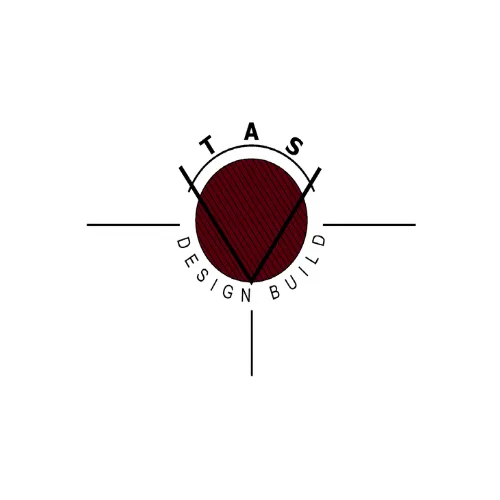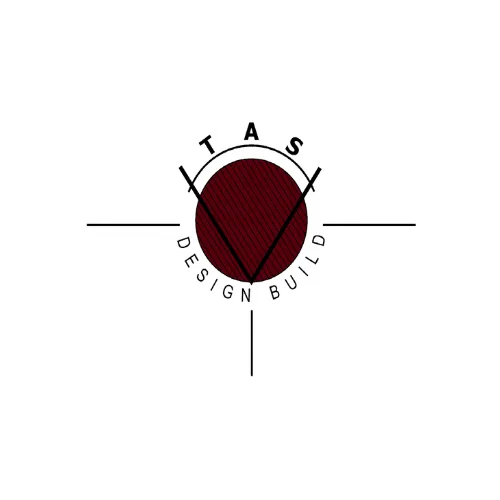A Guide for Commercial Renovation
How Redesigning Your Restaurant Can Increase Revenue
A restaurant’s design is about more than just looks—it plays a huge role in attracting customers, keeping them comfortable, and encouraging repeat visits. Whether you own a small café or a fine dining establishment, updating your interior and exterior design can lead to more business and higher profits.
In this article, we’ll cover how a restaurant redesign
can boost revenue by improving customer experience, increasing efficiency, and attracting new diners.
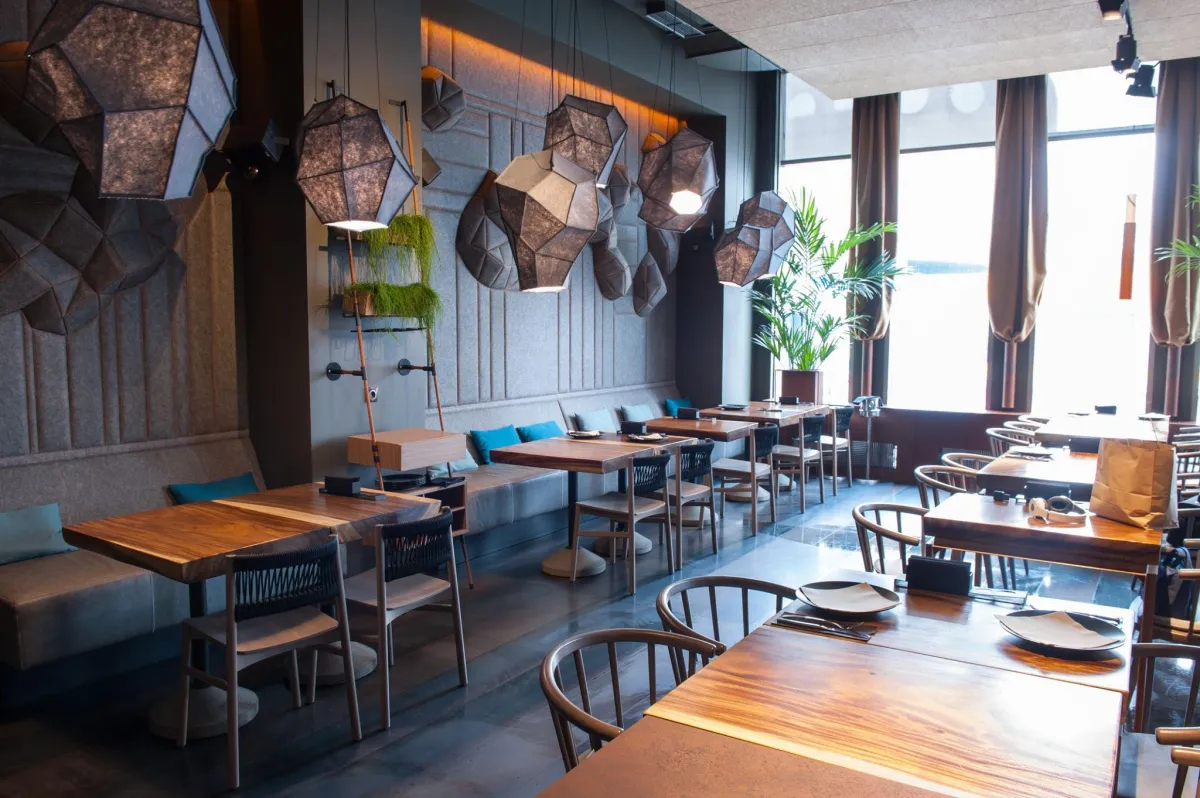
Curb Appeal: Drawing Customers In
Ways to Improve Your Exterior Design
Your restaurant's exterior is the first thing people see, and it plays a huge role in attracting customers. If your storefront looks outdated, uninviting, or hard to find, people may choose to dine elsewhere. Updating your exterior doesn’t have to mean a complete overhaul—sometimes, small changes can make a big difference in how your restaurant is perceived. Here are several ways to enhance your restaurant's curb appeal and create a welcoming first impression.
New Signage
Your restaurant’s sign should be clear, well-lit, and easy to read from a distance. If your signage is faded or outdated, consider upgrading to a modern design that reflects your brand. A well-placed sign with eye-catching colors and fonts helps customers find your restaurant quickly and reinforces your identity. Adding lighting to your signage ensures visibility at night and during cloudy weather.
Better Lighting
Good lighting does more than make your restaurant visible; it also improves safety and creates a welcoming atmosphere. Consider adding warm, ambient lighting around entrances, pathways, and outdoor seating areas. String lights, lanterns, or wall sconces can add charm, while LED lights are an energy-efficient way to brighten up your space. Proper lighting can also highlight architectural details and make your restaurant feel more inviting after dark.
Outdoor Seating
If space allows, adding a patio, sidewalk café, or small seating area can instantly make your restaurant more appealing. People are drawn to restaurants where they can see diners enjoying their meals outside. Even a small seating area with a few tables and umbrellas can encourage foot traffic. A well-designed outdoor space provides extra seating capacity, increases revenue potential, and enhances the overall dining experience.
Fresh Paint and Repairs
A fresh coat of paint is one of the easiest and most effective ways to revitalize your restaurant's exterior. Peeling paint, cracked walls, or outdated colors can make your restaurant look run-down. Choose colors that reflect your brand and create a visually appealing contrast with surrounding buildings. While you're at it, check for any necessary repairs, such as fixing broken windows, updating awnings, or repairing damaged walkways. Small upgrades like repainting doors, updating trim, or replacing old hardware can make a significant impact.
Welcoming Entrance
The entrance to your restaurant should feel inviting and easy to navigate. Make sure doors are clean and well-maintained, and consider adding decorative elements like a welcome mat, stylish door handles, or an entryway arch. If your restaurant has a waiting area outside, provide comfortable seating for guests. A well-designed entrance can set the tone for the dining experience and make customers excited to step inside.
Branded Touches
Reinforce your restaurant’s identity by adding branded elements to the exterior. Custom awnings, window decals, or a signature color scheme can help customers recognize your restaurant instantly. If you have an outdoor menu board, ensure it is well-lit and up to date, giving passersby a preview of what you offer.
By investing in these exterior improvements, you can increase foot traffic, attract new customers, and enhance the overall dining experience. A fresh, well-maintained look sends a message that your
How an Interior Redesign Boosts Revenue
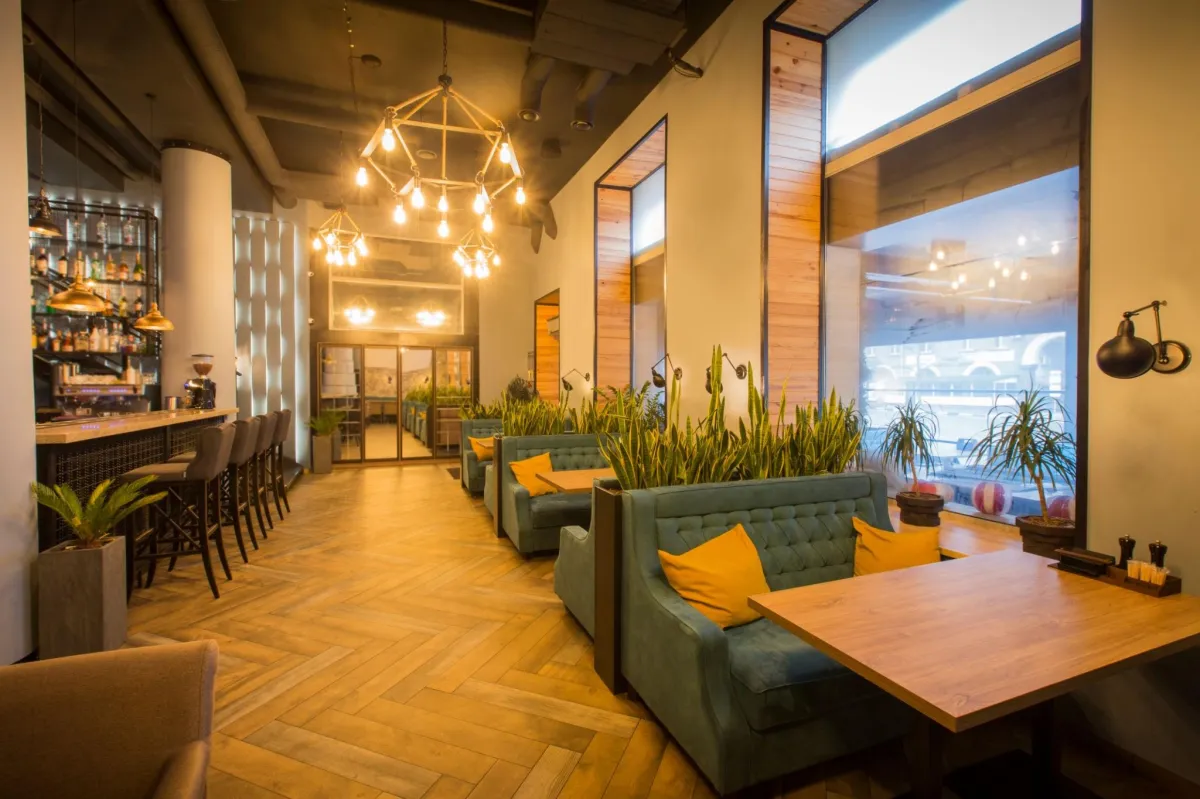
Improved Customer Comfort Leads to Longer Visits
When guests feel comfortable and relaxed, they are more likely to stay longer, order extra drinks, appetizers, or desserts, and return for future visits.
Ergonomic seating: Chairs and booths should be comfortable enough for guests to enjoy their meal without feeling rushed.
Better table spacing: Crowded tables make diners uncomfortable, while a smart layout gives everyone enough room to relax.
Noise control: Sound-absorbing materials and soft background music create a pleasant dining atmosphere.
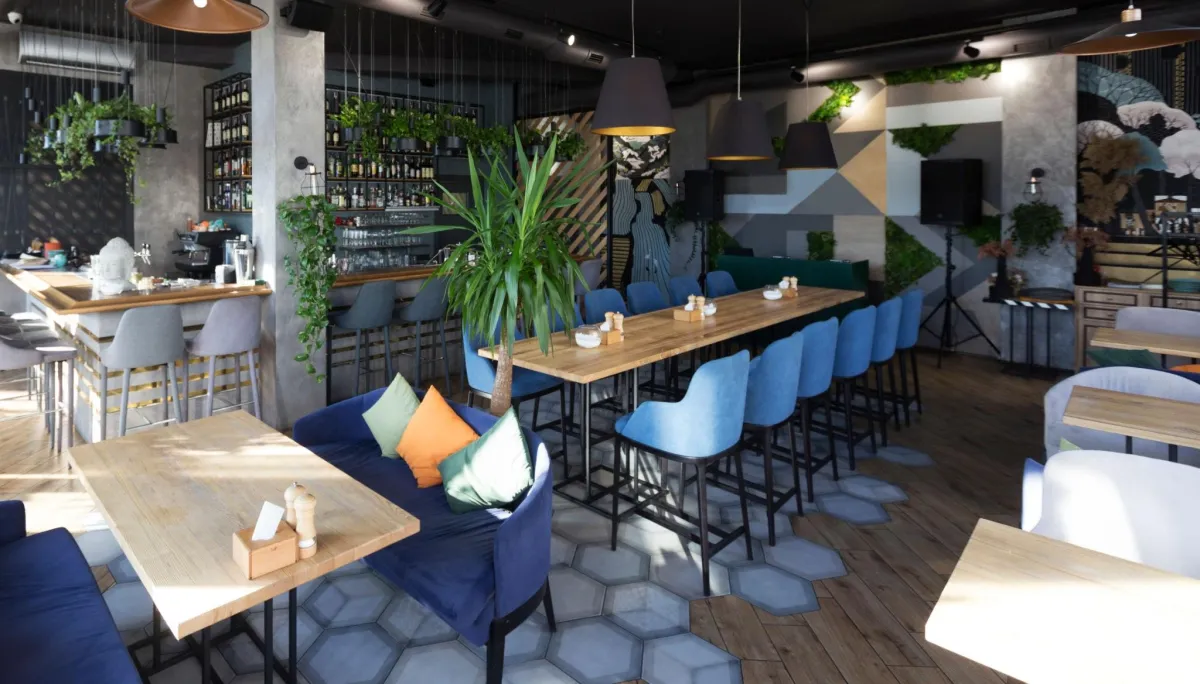
Maximizing Space for More Customers
An inefficient layout can limit your restaurant’s earning potential. A well-planned redesign can add more tables without making the space feel overcrowded.
Flexible seating arrangements: Movable tables allow you to adjust for large parties or solo diners.
Bar and lounge areas: A stylish bar or waiting area encourages guests to order drinks while they wait for a table.
Takeout-friendly layout: If takeout is popular, designing a separate pickup area speeds up service and prevents congestion.
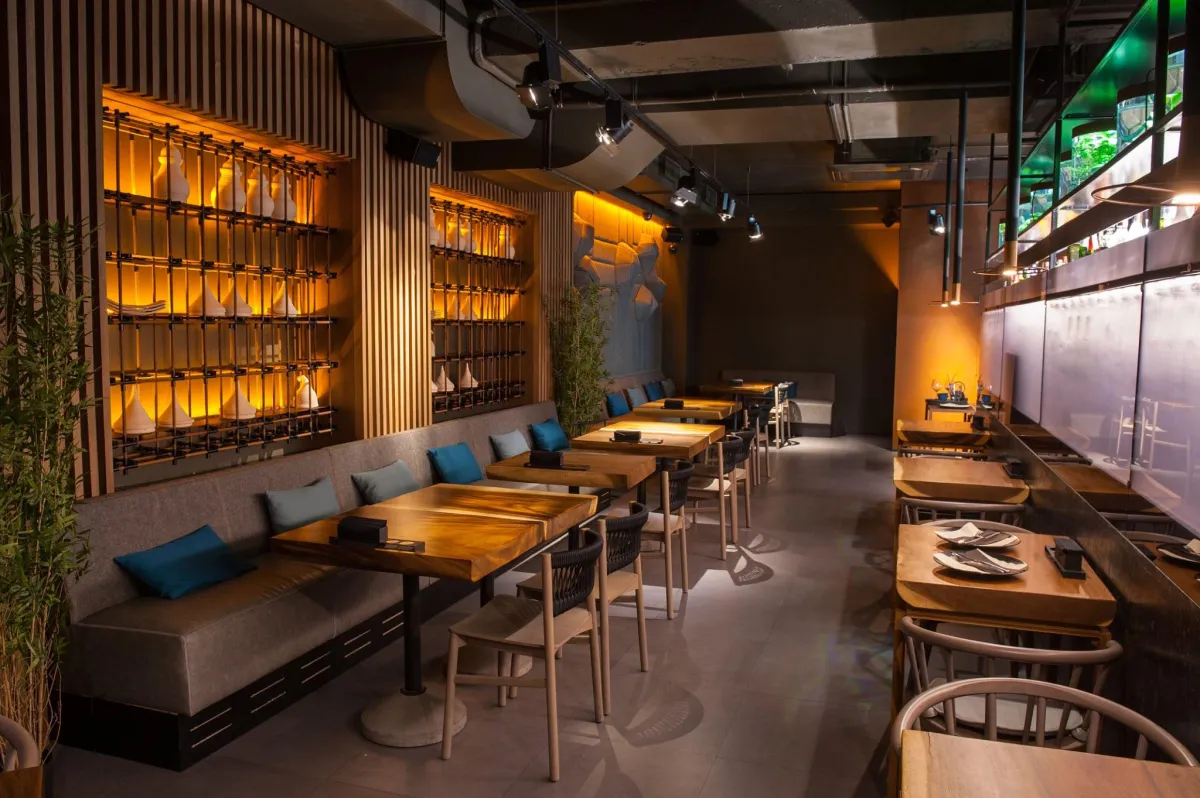
Colors & Lighting Affect Buying Behavior
Believe it or not, colors and lighting can influence how much people spend and how they feel in a restaurant.
Warm tones (red, orange, yellow): These colors can stimulate appetite and encourage faster turnover in fast-casual spots.
Cool tones (blue, green, gray): These create a relaxing atmosphere, perfect for fine dining and longer visits.
Proper lighting: Bright lighting is great for daytime cafés, while dim, cozy lighting sets the mood for evening dining.
Enhancing the Customer Experience
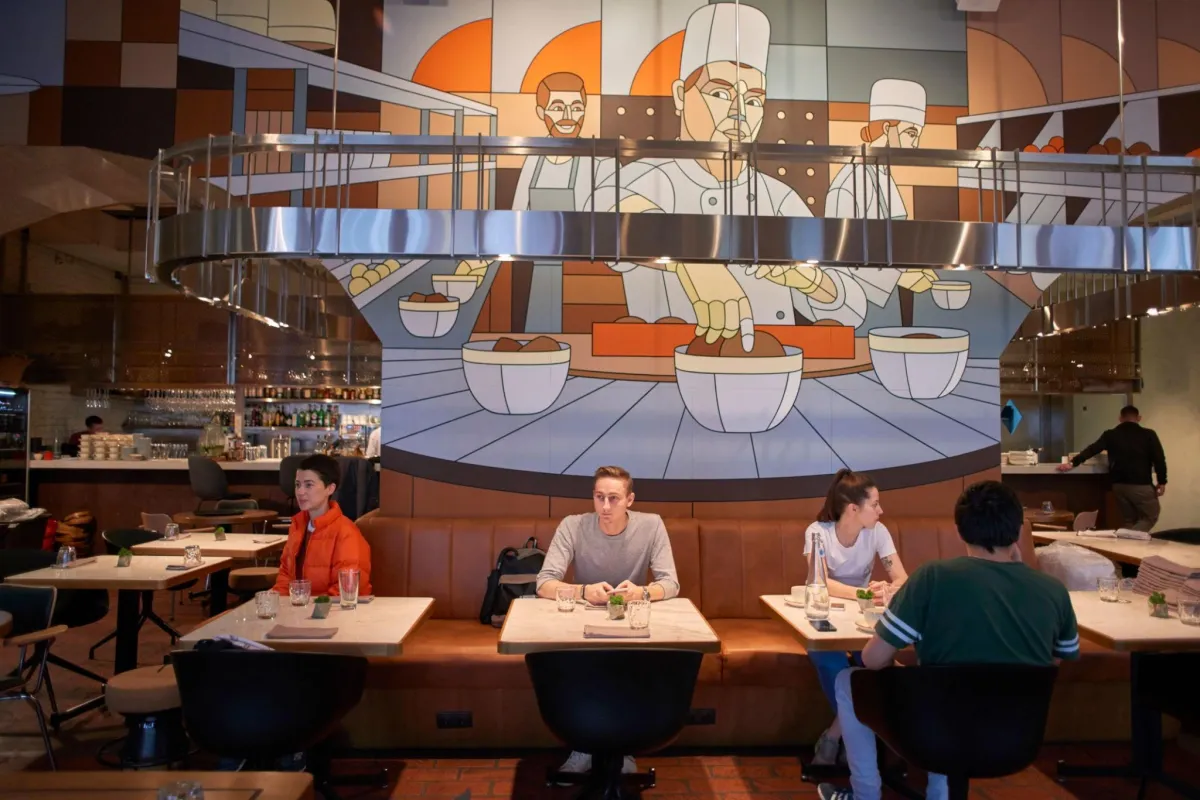
Strong Branding Builds Loyalty
A restaurant redesign is the perfect time to reinforce your
brand identity. Your interior and exterior should match your restaurant’s theme, cuisine, and target audience.
Consistent theme: From wall décor to menus, everything should reflect your restaurant’s style.
Instagram-worthy spots: A unique design feature—like a neon sign, mural, or stylish seating area—can encourage customers to take photos and share them online.
Personal touches: Handwritten menus, open kitchens, or chef’s tables create a more personal dining experience.
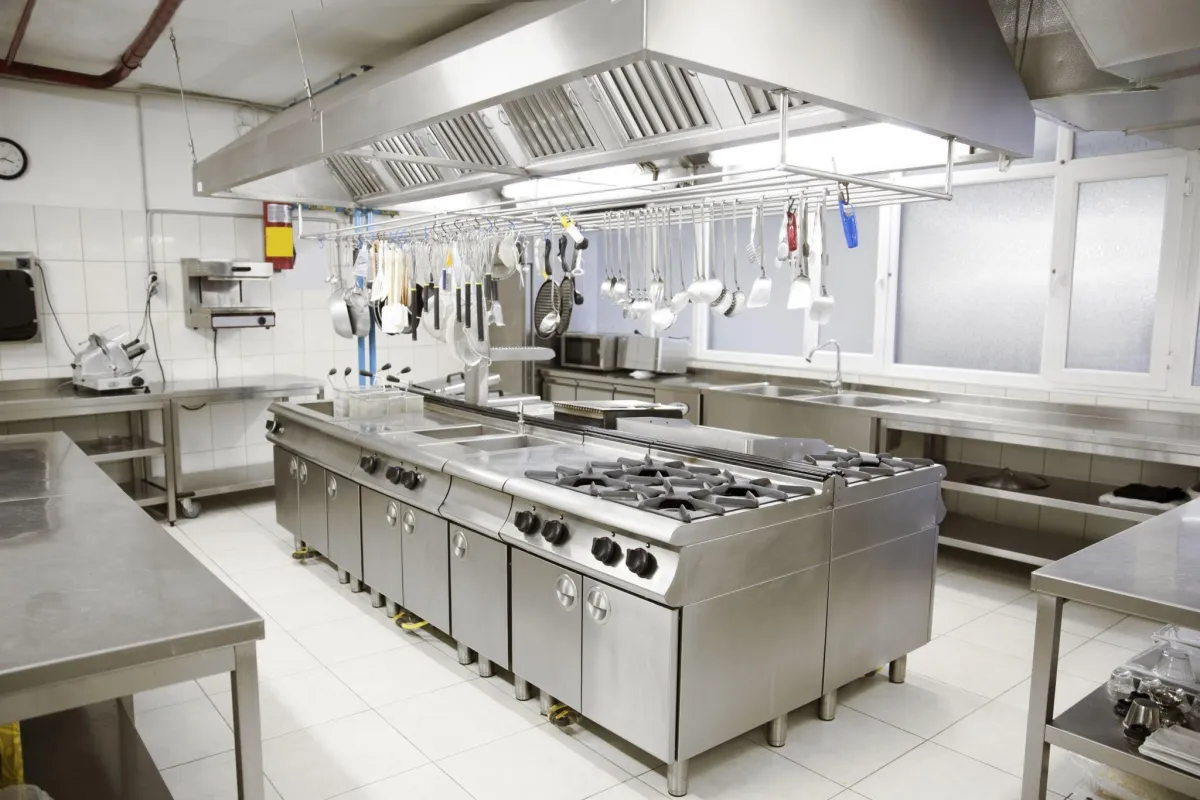
Better Flow = Faster Service
A well-planned restaurant layout can reduce wait times and improve service speed.
Efficient kitchen design: A better kitchen layout can help staff prepare food faster.
Clear traffic paths: Servers and customers should move smoothly without bumping into each other.
Self-service stations: For fast-casual spots, drink stations and condiment bars reduce the need for staff assistance.
FAQs
1. How much does a restaurant redesign cost?
The cost varies depending on the size of your space and the level of renovation. Small updates (new furniture and paint) can cost a few thousand dollars, while full remodels can range from
$50,000 to $500,000.
2. How long does a restaurant redesign take?
A minor refresh can take a few weeks, while a full remodel may take several months. Planning ahead can help minimize downtime.
3. What are the most important areas to focus on in a redesign?
Start with curb appeal, seating comfort, lighting, and kitchen efficiency. These areas have the biggest impact on revenue.
4. Can I redesign my restaurant without closing?
Yes! Many restaurants remodel in phases or during off-hours to stay open during renovations.
Is It Time to Redesign Your Restaurant?
If your restaurant feels outdated, cramped, or uninspiring, a redesign could be the key to
higher revenue and better customer satisfaction. Investing in modern décor, a smart layout, and a welcoming exterior
can help your restaurant thrive in a competitive market.
Need help planning your restaurant redesign?
Working with an experienced architect or contractor ensures you get the best results. From layout improvements to branding, a well-planned renovation can transform your space and boost your profits.
More Articles From TAS Design
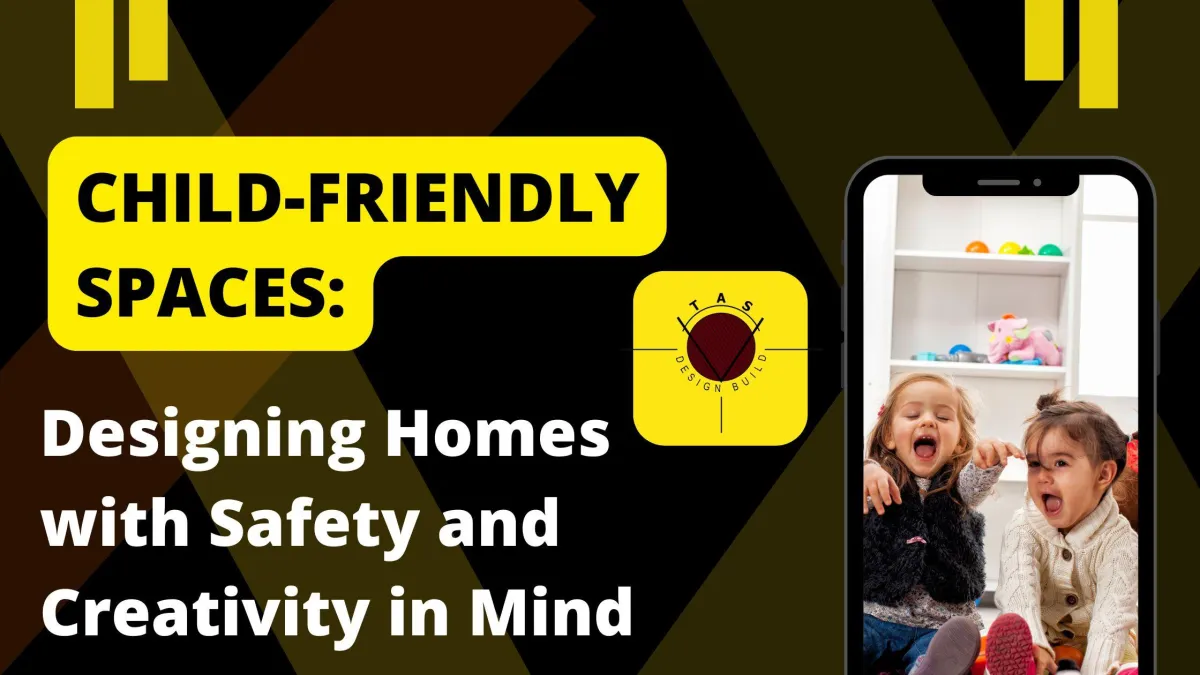


Contact Us
Service Hours
Mon- Fri 8 am - 5 pm
Sat, Sun- Closed except by appointment





Contact Us
1 540-302-2593
2507 Bluff Road
Roanoke VA 24014
Service Hours
Mon- Fri 8 am - 5 pm
Sat, Sun- Closed except by appointment
Connect
